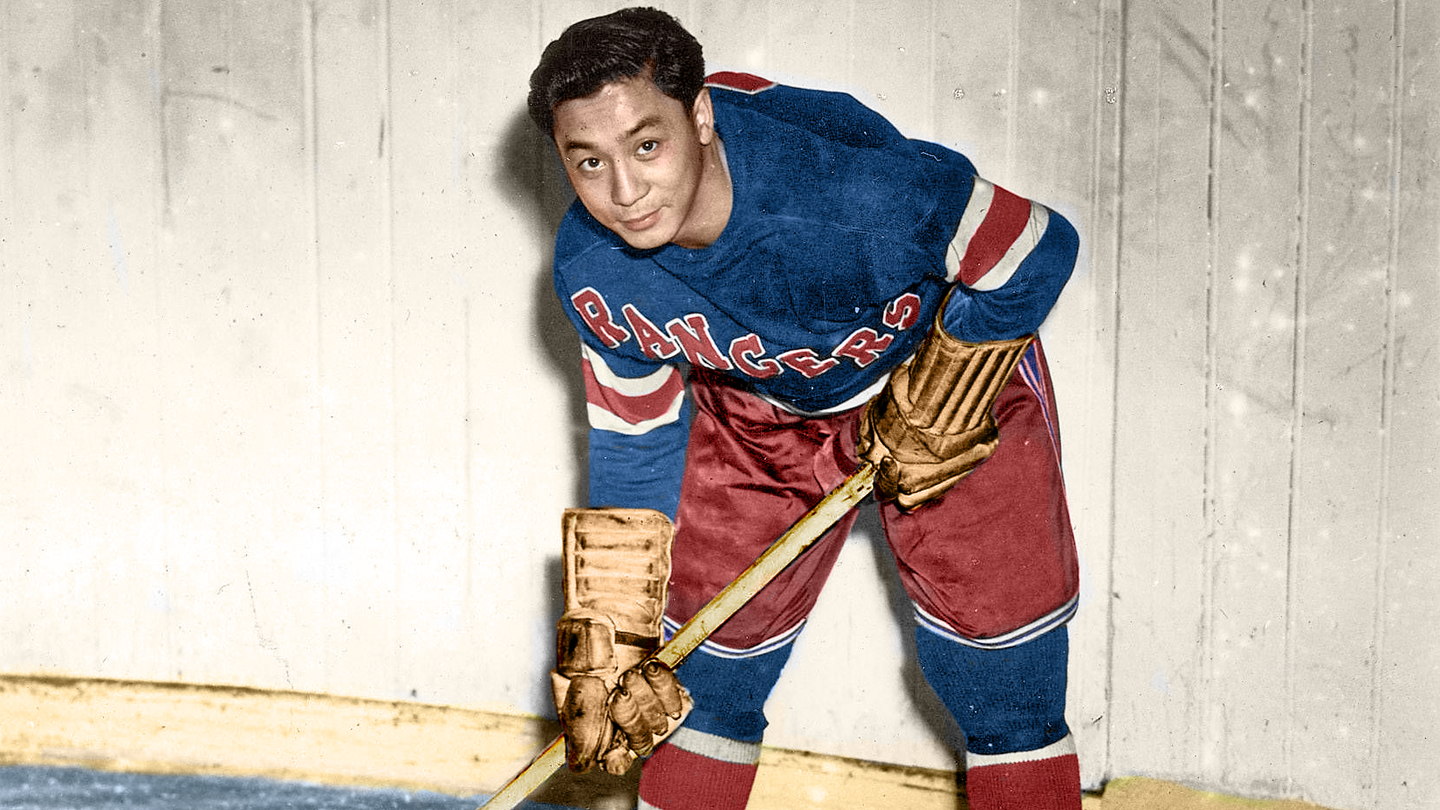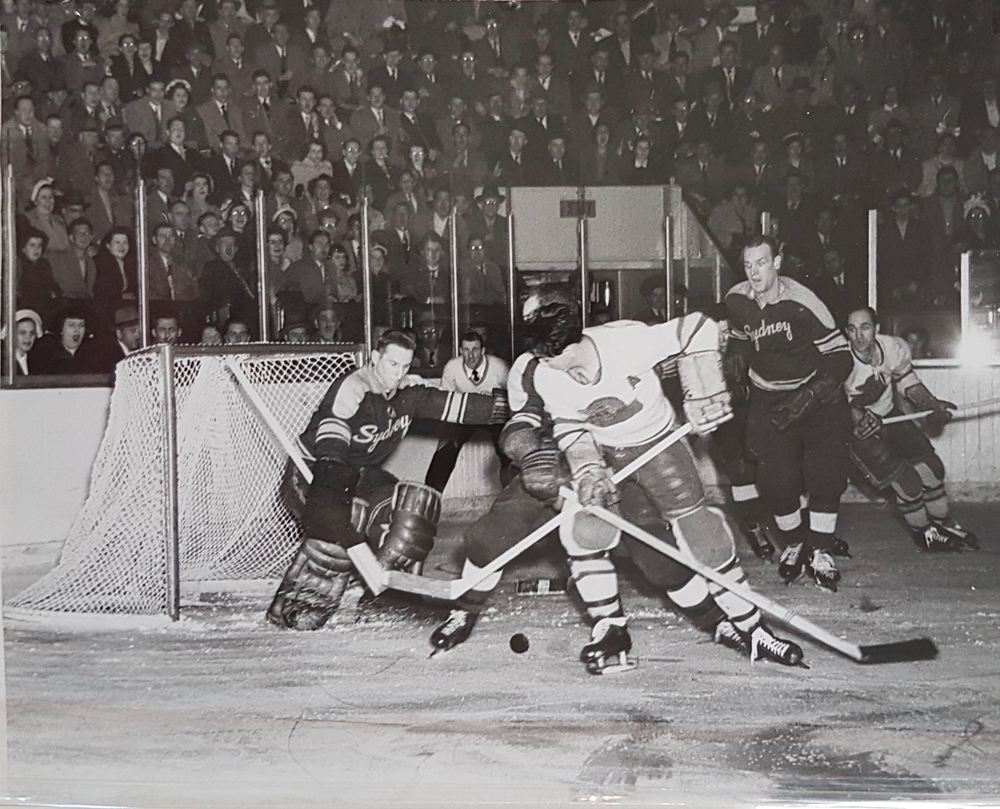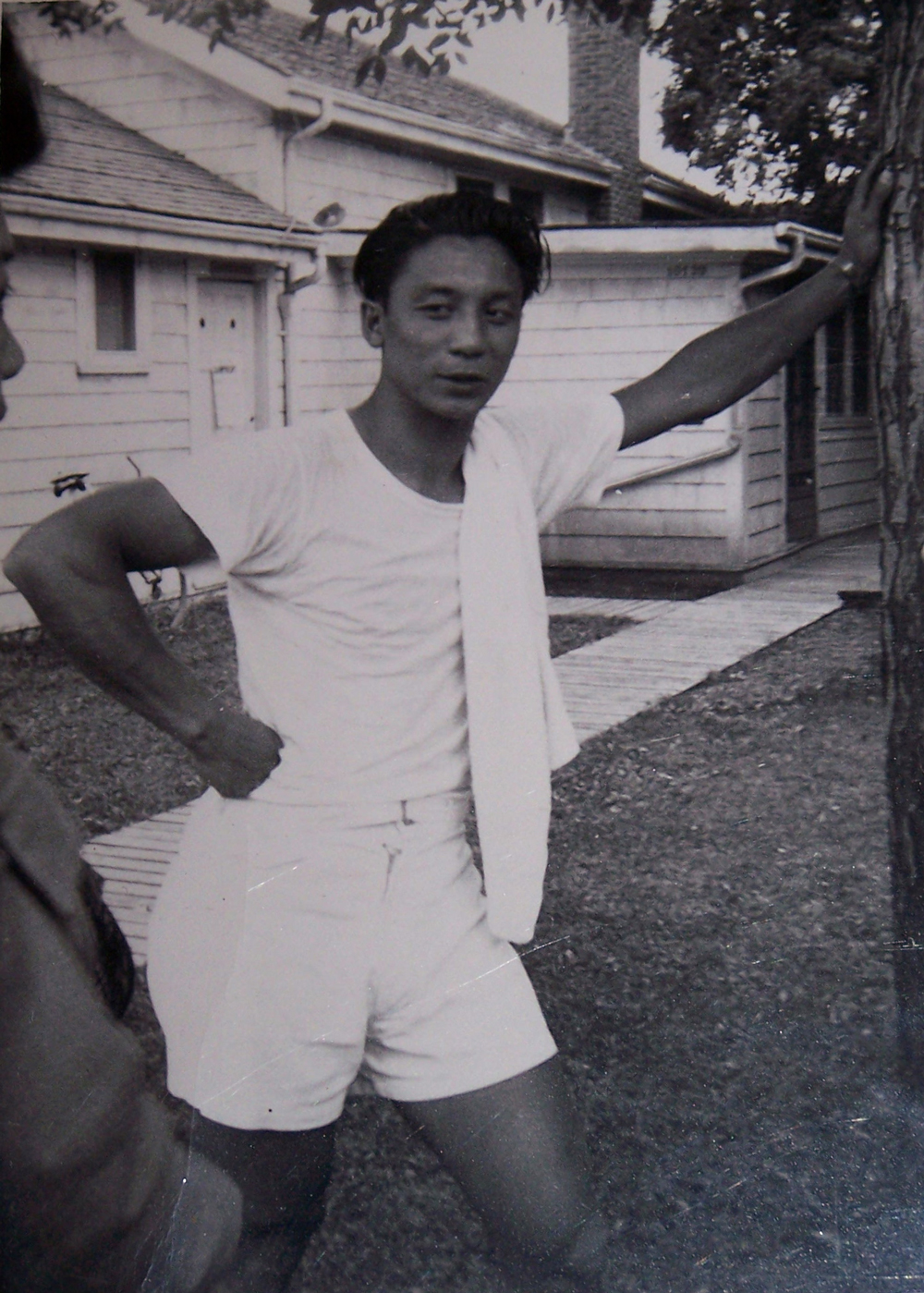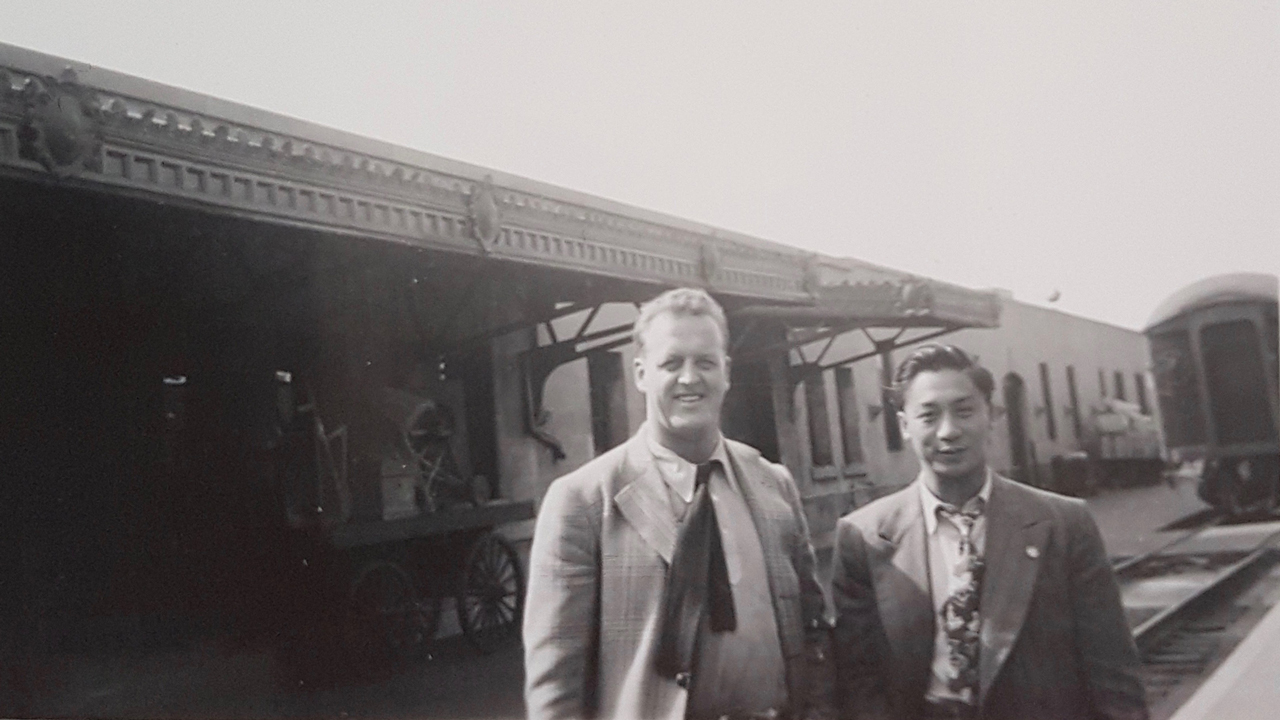U
ntil Soon went searching for it, Kwong’s story remained buried in the annals of hockey history, gathering dust. Even some who had known the legend for decades had no idea he’d played in the NHL, that he’d made history. “Chad really is responsible for getting my dad’s story out there, keeping my dad’s story out there,” Heintz says. “It really wasn’t until Chad came into our lives that my dad [felt], you know, ‘Somebody outside the family is interested in my story.’”
Soon’s spent years mulling the question of why Kwong’s story has been overlooked, why it’s never been celebrated like those of other hockey trailblazers. Maybe it’s the one-minute shift, falling below the threshold of some arbitrary cut-off for who deserves praise. Maybe it’s something wider-reaching, like the sports world’s history of failing to adequately appreciate, let alone celebrate, Asian athletes. For Soon, it’s those, but it’s also something more specific, more familiar.
“There are a lot of reasons, one being just his humility. He didn’t brag. He didn’t talk,” Soon says. “That was just the generation, the traditional Chinese upbringing — you didn’t boast about yourself. ‘Be seen, not heard. Don’t draw attention.’ So there was that.
“Also, the people that he was the biggest hero to, my grandpa and people like that, they didn’t really maybe want to revisit some of those darker years. … Larry and my grandpa and grandma, that generation, they didn’t like to talk about the racism and discrimination they faced growing up.
“It was always about just assimilating, it was about just the future, it was about your kids and grandchildren, and not dredging up the past — and not complaining.”
“He was basically raised to just keep his head down, work hard,” Heintz says. “All of them — keep their heads down, work hard.”








